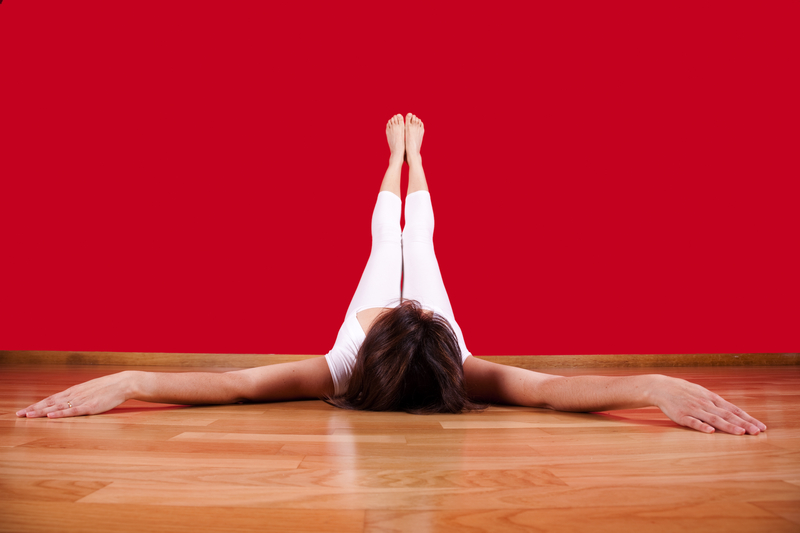Yoga and Circulation
Integrating just a few moments of yoga into the day makes a difference

ID 9578002 © Helder Almeida | Dreamstime.com
Moving more may be the single most important change we can make to our lifestyles.
A sedentary lifestyle can damage cardiovascular health and circulation. According to the Centers for Disease Control and Prevention (CDC), one in four Americans sit for eight or more hours per day.
Research shows that a sedentary lifestyle increases the chance of premature death and chronic diseases, including colon and postmenopausal breast cancer.
The good news is that small, incremental improvements in movement make a big difference. A 2017 study revealed that moving every 30 minutes reduces the risk of death from a sedentary lifestyle.
Fortunately, there are simple and accessible ways to incorporate more movement into your day to improve circulation.
Yoga for the Win
Let’s look at yoga. Yoga is a mind-body practice from India dating back more than 5,000 years. It integrates physical, mental, spiritual, and emotional components into the practice.
There are numerous types of yoga, including hatha, vinyasa, restorative, and yin to name a few. Any type of yoga may improve overall health.
Yoga’s impact on circulatory health is multidimensional. It assists in the efficient circulation of blood throughout the body through various poses called asanas. Inversion poses (think upside down like legs up the wall) facilitate blood flow.
In addition, asana practice can decrease levels of cortisol, a stress hormone produced in the adrenal glands. And with less cortisol, blood pressure, blood pressure, heart rate, and respiration are improved.
Yoga also can reduce cholesterol levels, allowing blood to circulate unhindered in veins and arteries.
The lymph system benefits from yoga through drainage of the lymph glands, improving immunity to disease.
Yoga improves circulation of oxygen throughout the body through pranayama, or yogic breathing. Breathing deeper and slowing the breath cycles has a positive impact on lung efficiency. This moves more oxygen to the brain, which could improve mood, memory, and alertness.
How to Start
Aim to move every half-hour during the day. It doesn’t have to be for long, even two to five minutes may be beneficial. Yoga is ideal for this goal. It is low impact, suitable for all fitness levels, and may be done anytime and anywhere. A certified yoga teacher can work with you to find poses that target your specific physical needs.
Whatever type of exercise you choose, the key is to get up and get moving. Start moving today!
“Effects of a yoga intervention on lipid profiles of diabetes patients with dyslipidemia” by N. Shantakumari et al., Indian Heart Journal
“Joint prevalence of sitting time and leisure-time physical activity among US adults, 2015-2016” by E.N. Ussery et al., JAMA, 2018
“Leisure time spent sitting in relation to total mortality in a prospective cohort of US adults” by A.V. Patel et al., American Journal of Epidemiology
“Patterns of sedentary behavior and mortality in US middle-aged and older adults” by K.M. Diaz et al., Annals of Internal Medicine, 10/3/17
Alyson Phelan, CYT-500, CMMT, TRCC
Alyson Phelan, E-RYT 500, CMC, TRCC, YACEP
Experienced Registered Yoga Teacher 500 hour, Certified Mindfulness Coach
Trauma Responsive Care Certified, Yoga Alliance Continuing Education Provider
Founder of Present Moment Mindfulness and Yoga
Don't Miss a Thing!
Get the latest articles, recipes, and more, when you sign up for the tasteforlife.com newsletter.

